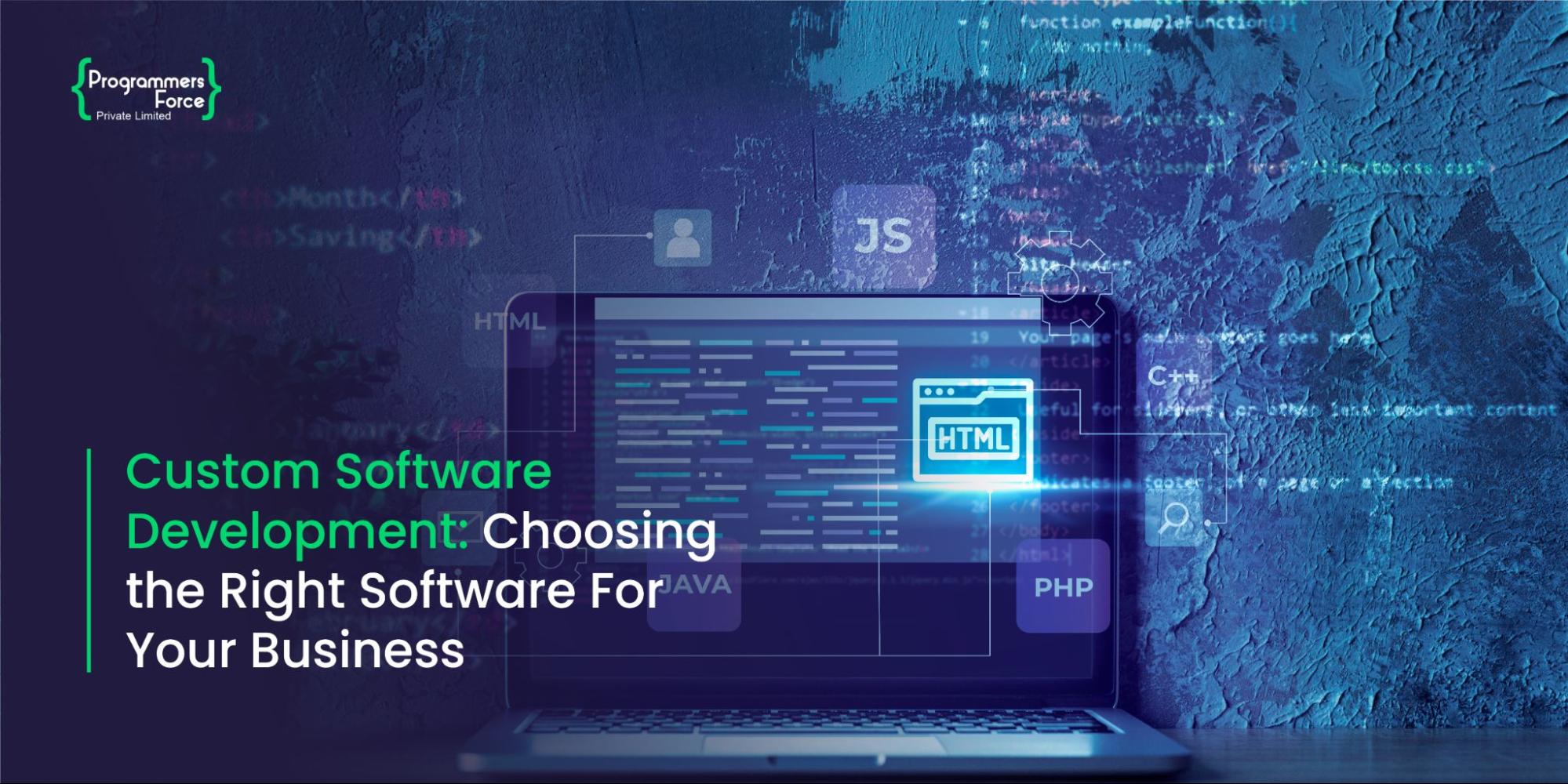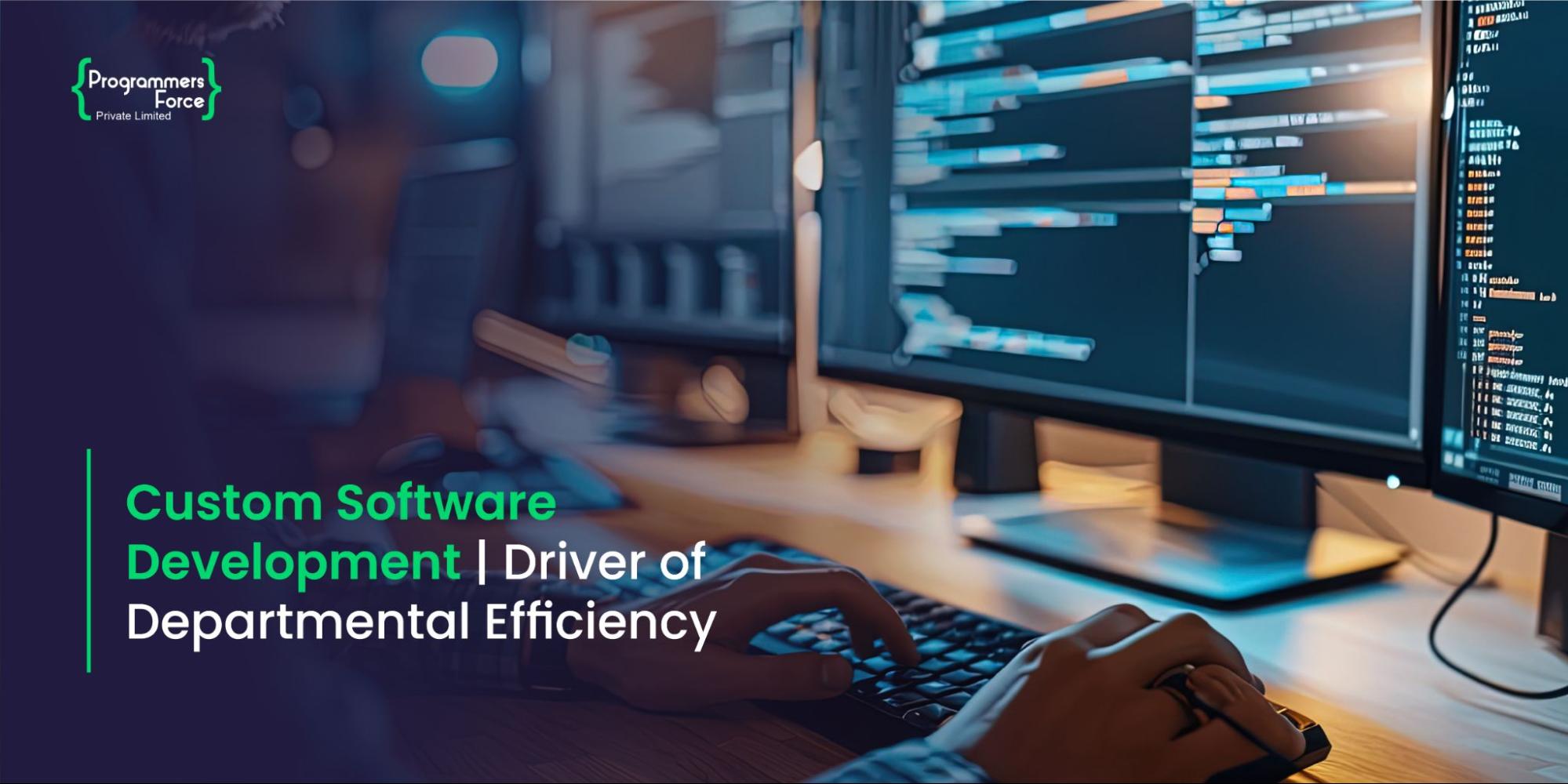
A Complete Full-Stack Web Application Development Roadmap for 2023
Web development is still a promising career in 2023 as it is a growing field that has undergone many developments in recent times with new programming languages, modern frameworks, and scalable software applications. If we talk about statistics, web development is among the highest-paid jobs. In the US, an average developer with 1-2 years of experience gets around $70,000 annually.
Web developers are primarily of three types:
- The front-end developers are responsible for designing and implementing everything on the client side, from navigation to buttons and animations.
- The Back-end developers are the ones who work behind the scenes throughout the web development life cycle. They are responsible for managing the data flow between the client side and the server side. They deploy databases, manage servers and integrate the data connection between the app’s front and back ends.
- Full stack developers can work on both the front and the back end to create a fully functional application.
The third and highest-paid type is Full stack web development which we are going to cover in this blog.
What is Full Stack Web Development?
The activity of designing, building, and managing web applications encompassing a website’s front-end and back-end components is called full-stack web development. In other words, full-stack developers create both the client-side interface with which users interact (the front end) and the server-side code that powers the website (the back end).
Full-stack web development covers everything from HTML, CSS, and JavaScript at the front and Python, Ruby, PHP, and C# on the back end. Full-stack developers can tackle complicated web projects from beginning to end, making them an invaluable asset to any web development company.
Front-End vs Backend Web App Development
As elaborated above, front-end and back-end are completely different development stacks, requiring completely different skill sets, areas of focus and integration technologies. Here are some of the key differences between both stacks.
Front-End:
- Focuses on the application’s UI
- Requires knowledge of styling and design principles
- Involves UI optimisation for different screen sizes and mobile-apps
Back-End:
- Focus on the application’s business logic
- Requires knowledge of databases and storage
- Involves code optimisation and performance Tweaks
Check out our comprehensive front-end and back-end development guides for more details on how to get started with modern web development.
How to Become a Full-Stack Developer in 2023
If you are aiming to pursue a web development career, it is necessary to know technologies and programming principles. A full-stack web developer is in charge of curating an application’s front and back end. Follow this roadmap to become a successful full-stack web developer in 2023.
Start with Front-End Skills
Starting from the front end is always a good approach as it is comparatively easy and less time-consuming. The first step is always to understand how a webpage works, it will involve the learning of HTML (the web markup language), CSS (for styling the markup or structure of the webpage), and JavaScript (to enable behavior and interaction from user prompts). These three technologies are the fundamentals of the front end.
There are many frameworks that speed up all these core technologies operations. But every web development company will need a strong grip on these core technologies to assign you the next front-end web application design.
Here is an outline of the frameworks to use when you master these three technologies.
- CSS: Bootstrap, Tailwind
- JavaScript: React, Angular, Vue
Get Your Hands on APIs
Application Programming Interfaces (APIs) are the intermediaries that enable communication between the client side and server side. These are generally described in terms of request and response cycle. Every time you click a button on a webpage, the front end sends a request via an API to the back end. After processing the request, back-end sends back the response through API to the client side, which is then presented to the user. Learn how APIs work before you proceed to backend development. There are different types of APIs that serve different purposes.
- SOAP APIs
- REST APIs
- WebSocket APIs

Move to Back-End Languages
After learning the basic routing and networking processes of the webpages, now it’s time to learn back-end development to complete the full-stack journey. Server-side or backend development has a steeper learning curve as compared to the front-end, but at the same time, it offers more career development opportunities. To learn back-end development, you need to master a server-side language first.
Object-oriented languages such as Java, C#, and Python are enough to start processing user requests on the server. But each language comes with its pros and cons, including community support, code efficiency, framework adoption, and database compatibility. JavaScript can also be used on the backend when paired with NodeJs.

Here is an outline for frameworks to choose from after mastering the backend programming language:
- Java: Spring
- C#: .Net/.Net Core
- Python: Django
- JavaScript: NodeJS
Get Familiar with Databases
Every web application needs a database to store data such as user information, product descriptions, and sales records. Most web application development software is built on two primary databases. Relational and non-relational databases. Both require learning a database querying language to create, read, update, and delete data on any server.

Relational databases use Structured Query Language (SQL) to process the database operations, while non-relational databases are built on the NoSQL approach and store data in “non-tabular” form. Developers use Database Management Systems (DBMS) to manage data efficiently.
Here is the outline you can follow when choosing your favorite DBMS for your full-stack journey:
- SQL: Microsoft SQL Server, PostgreSQL
- NoSQL: MongoDB, Redis, Cassandra
Deploy Your First Full-Stack Web Application Online
After learning how database systems work, you are now ready to create a full-fledged web application on your preferred stack. One bonus tip is to create different projects to show off your full-stack developer skills to your dream web development company. Here are some platforms that let you deploy your web development projects for free:
- Firebase
- Netlify
- GitHub Pages
- Heroku
Essential Tools Throughout Web Application Development
Git/GitHub
Git is a distributed version control system that is used to monitor software code changes over time. GitHub is a web-based hosting service allowing developers to publish their code repositories online and collaborate on open-source projects. Git and GitHub are well-known software development technologies that millions of people use worldwide.
Browser DevTools
Browser DevTools are a collection of built-in web browser features that help developers to investigate and debug online applications. These tools are available by hitting F12 or by utilizing the browser’s menu. DevTools include tools for evaluating HTML and CSS, monitoring network traffic, and profiling JavaScript code. Web developers commonly use them at the front end for designing and troubleshooting online applications.
Code Editor: VS Code/Atom
Code editors are programs that allow you to write and modify source code. Microsoft Visual Studio Code (VSCode) and Atom are two prominent code editors used by developers worldwide. They include features like syntax highlighting, auto-completion, code debugging, and Git integration. Both editors are free and open-source, with a significant developer community adding plugins and extensions to improve their capabilities.
How Programmers Force Can Help
Full-stack web development is a challenging and rewarding career that demands various skills and expertise. You’ll be able to construct dynamic, responsive, and user-friendly web apps that match the demands of today’s digital world if you understand both front-end and back-end technologies. There’s never been a better moment to pursue a career in full-stack web development, whether you’re a seasoned developer wanting to extend your abilities or a beginner in the sector.
If you want to join a team of competent developers and work on intriguing projects, we are here to help. The Programmers Force is constantly looking for exceptional people that share our enthusiasm for web development and want to make a difference in the industry. So don’t hesitate to reach out and take the first step towards a rewarding career in full-stack web development!










